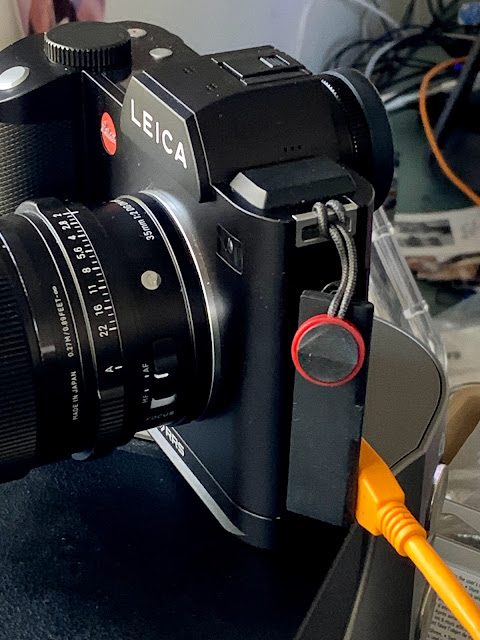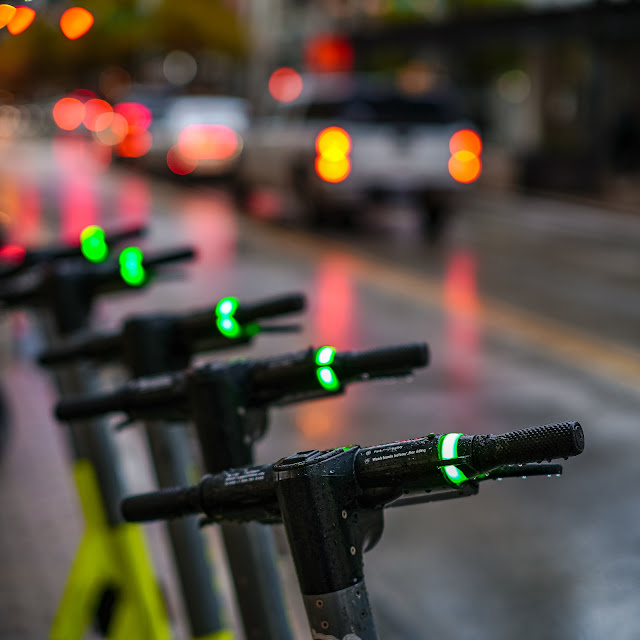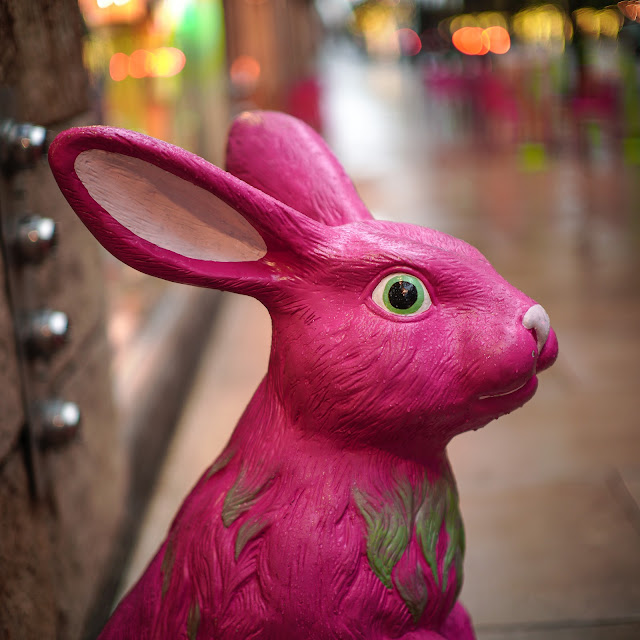11.28.2022
Every once in a while I am breathtakingly wrong about something. So wrong that it's amazing even to me. Read on to find out about the re-test of the Nikon 20mm f2.8D lens.
11.27.2022
Sigma fp gets a flippy-flappy rear screen that rotates horizontally in 360°. It also comes with its own battery. And it's much bigger. (recently updated!!!).
I looked back at the 20 environmental portraits I shot for an accounting firm back on October 25th and I really, really liked the skin tone I got along with the resistance to high ISO noise that the Sigma fp gave me that day. Some of the credit should also go to the Leica 24-90mm zoom lens which is nothing short of fantastic. I just found myself wishing I could show the portrait subjects some of the images I was capturing so I could better get their "buy-in" on the process. A five inch, high def monitor that I could compose on and also swivel around to let the subject review some shots would have been really great.
Today, as I was packing for a similar project I'm doing tomorrow at a law firm I realized that I had all the pieces to make that working methodology successful right here in the studio. I love to test stuff out before I go out and work with clients so I put the lens on a tripod, mounted via a rotating mounting ring, and attached the Sigma fp to the lens. I left the magnifying hood on the camera but will probably jettison it for the actual shoot as it becomes redundant with a monitor attached. Finally, using the Sigma flash attachment's hot shoe, I attached the Atomos Ninja V to the rest of the package and connected it to the camera with a micro-HDMI to full size cable. When I get to the location tomorrow I'll also put a monitor shade on the Atomos to block unwanted light on the screen.
Now I can set up LED lights, preview my exact shots, and see every detail on a monitor that's got at least twice as much viewing area. So much easier to show clients and subjects how the shots look as we go through the day. The novelty of it all will make the day that much more fun!
I'll bring along some of those big, Sony NP970 batteries for all day monitor performance as well as a couple more HDMI cables --- just because. It's a heavy package but I'll let my tripod do all the grunt work.
The tests say, "Yes." We are good to go. Now on to the packing.
After I disassemble this set up I'll plug a USB-3 cable into the camera and the computer and see if whatever changed in Lightroom Classic has now enabled the same kind of tethering as I experienced this week with the Leica SL and SL2. With a bit of luck I'll be tethering every camera I own except for the Leica CLs. They have not ports.
New Update: The Sigma is not tether-able to Lightroom Classic at this time. I'll continue to use it tethered via HDMI to the Atomos Ninja V. Too bad....
Breaking news update for Leica SL users: !!! The latest version of Lightroom Classic now tethers seamlessly with the Leica SL camera.
After yesterday's success tethering the current Leica SL2 with Lightroom Classic I came into the studio this morning and found the correct Tether Tools cable for use with the Leica SL. Here's what the end that goes into the SL looks like:
11.26.2022
Lightroom and Leica SL2 now work perfectly for tethered capture.
Two weeks ago I was trying to tether the Leica SL2 to Lightroom Classic for a photo shoot. Every time I launched "start tethered capture" in the app it would crash. Something has changed. I have no clue what it is. But the process is now simple and saves me from buying yet another expensive and unnecessary application which I would have only used for the purposes of tethering a camera.
Here's how to do it. First update both the camera, the computer operating system and Lightroom classic to the latest versions. In the camera menu choose PTP for your USB setting. Turn off camera. Attach the camera to a USB 3.0 cable and attach the cable to the computer. Launch Lightroom. Turn on the camera. Select "tethered capture" in the LRC "file" menu. Select "start tethered capture" in the sub-menu. Select a folder to house the files. Start shooting.
This works with the camera's raw files because they are a standard .DNG file.
A window will open at the top left of the screen to show a preview image. You can use a command bar to do rudimentary setting changes on the camera and to trigger the shutter. When you take each shot it appears in the center screen at a large size. A row across the bottom of the window contains the sequential thumbnails of all the images. You can magnify the selected frame and use any other image processing tools in Lightroom. You do not need to load any plug-ins.
I tried it twice. Both times it was rock solid. Nice. Happy photographer.
Now to see if it will work on an older SL....









































































